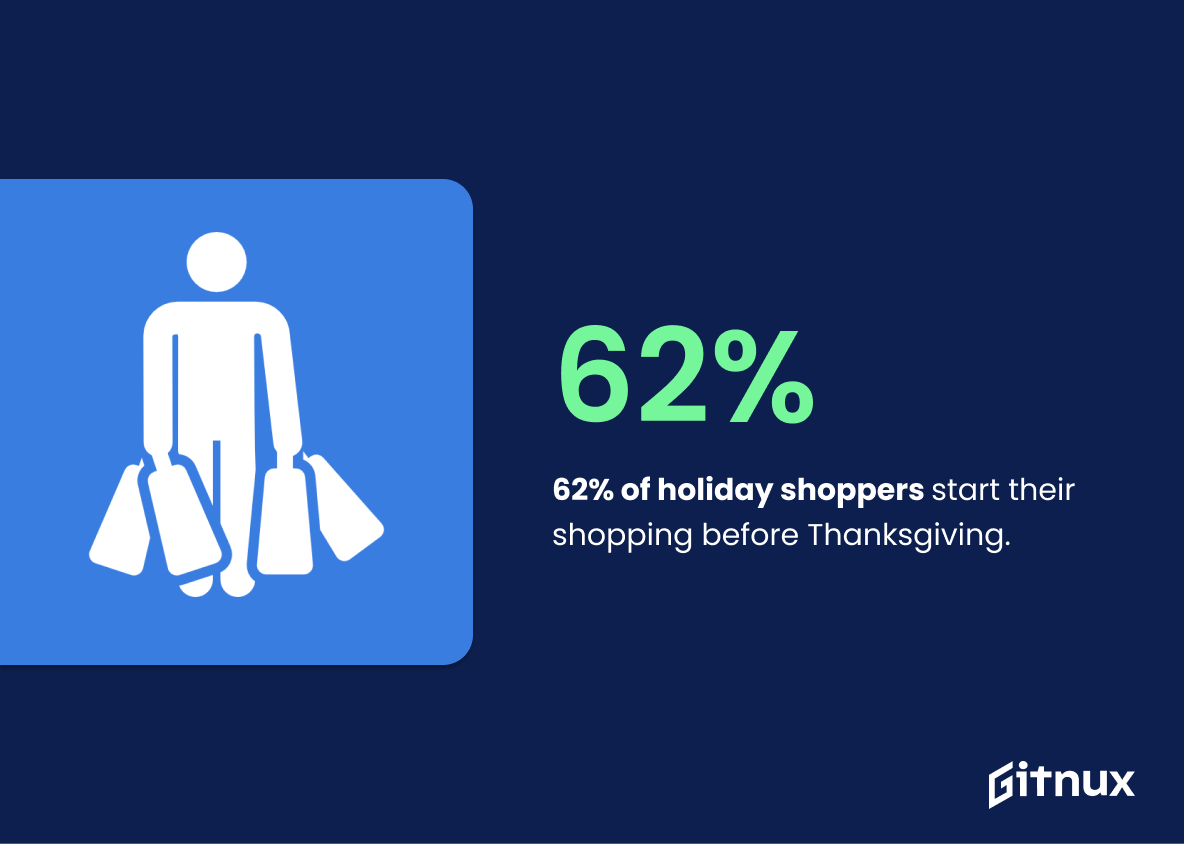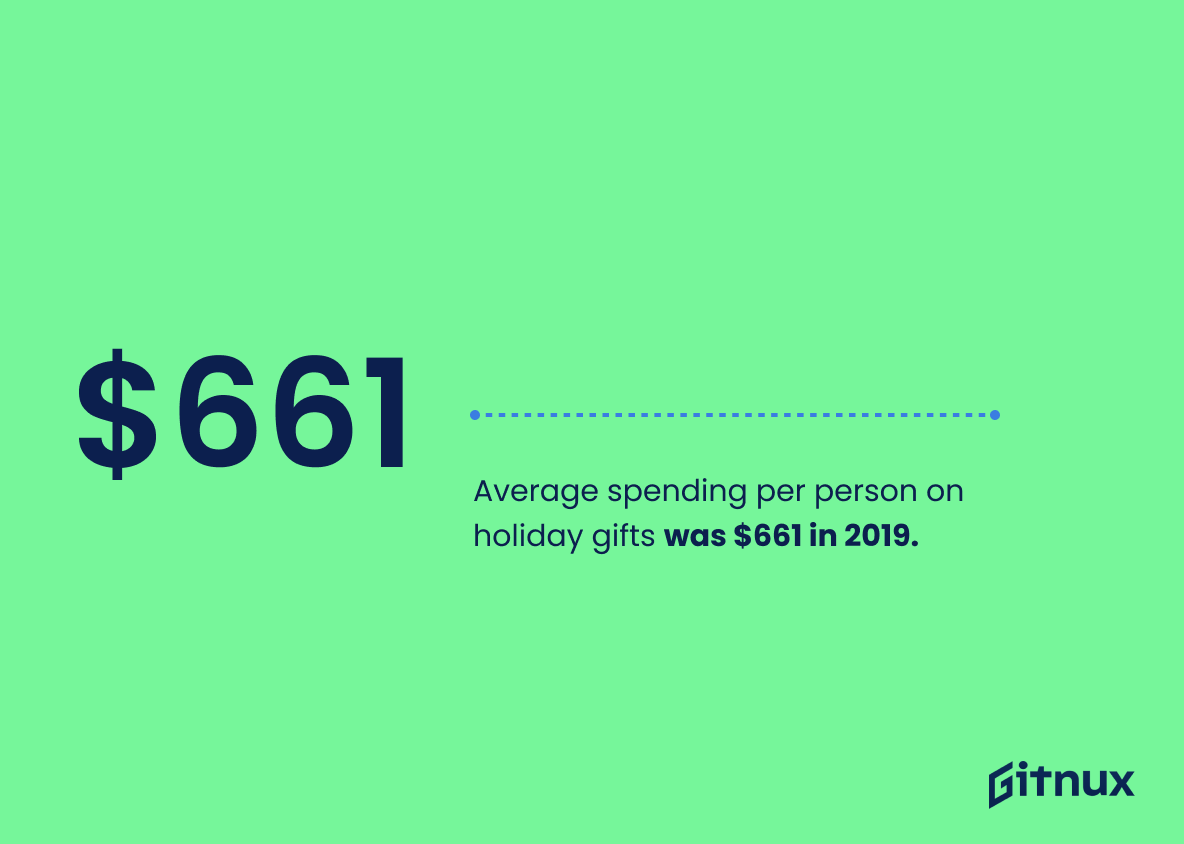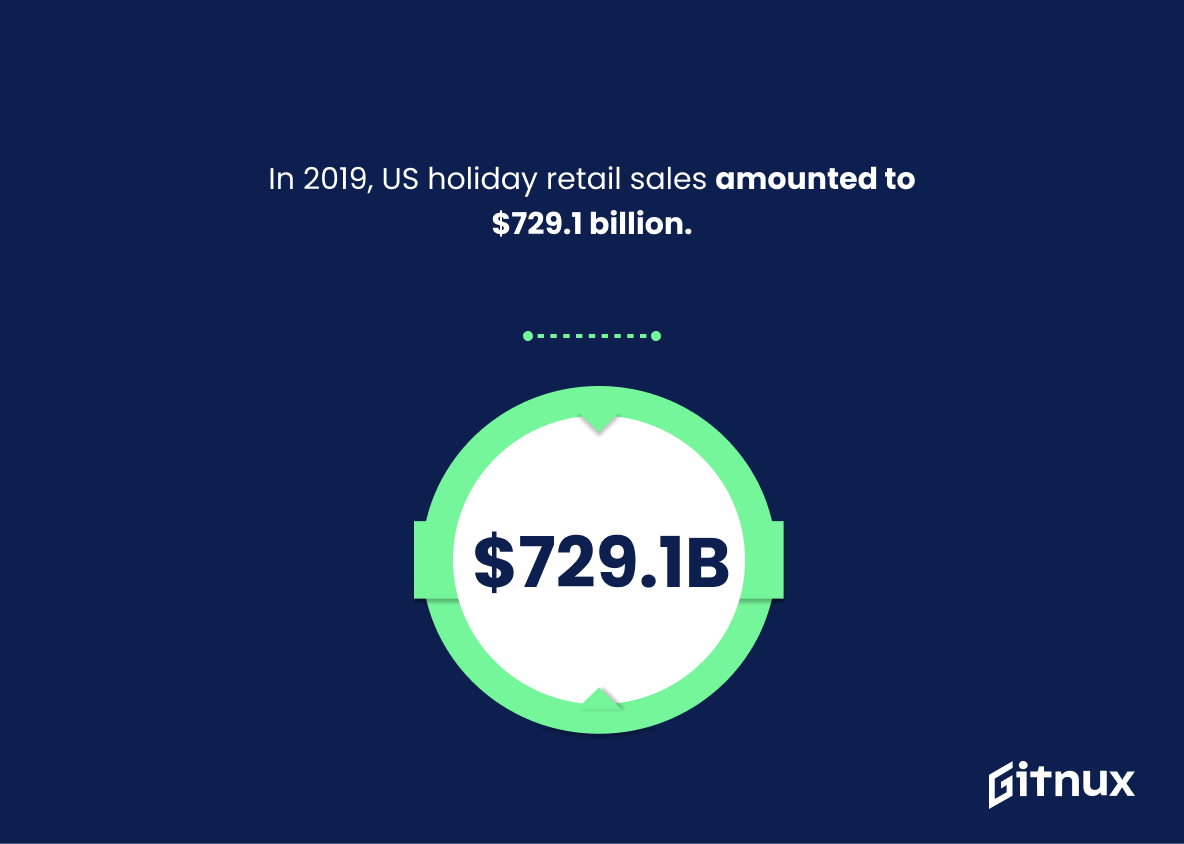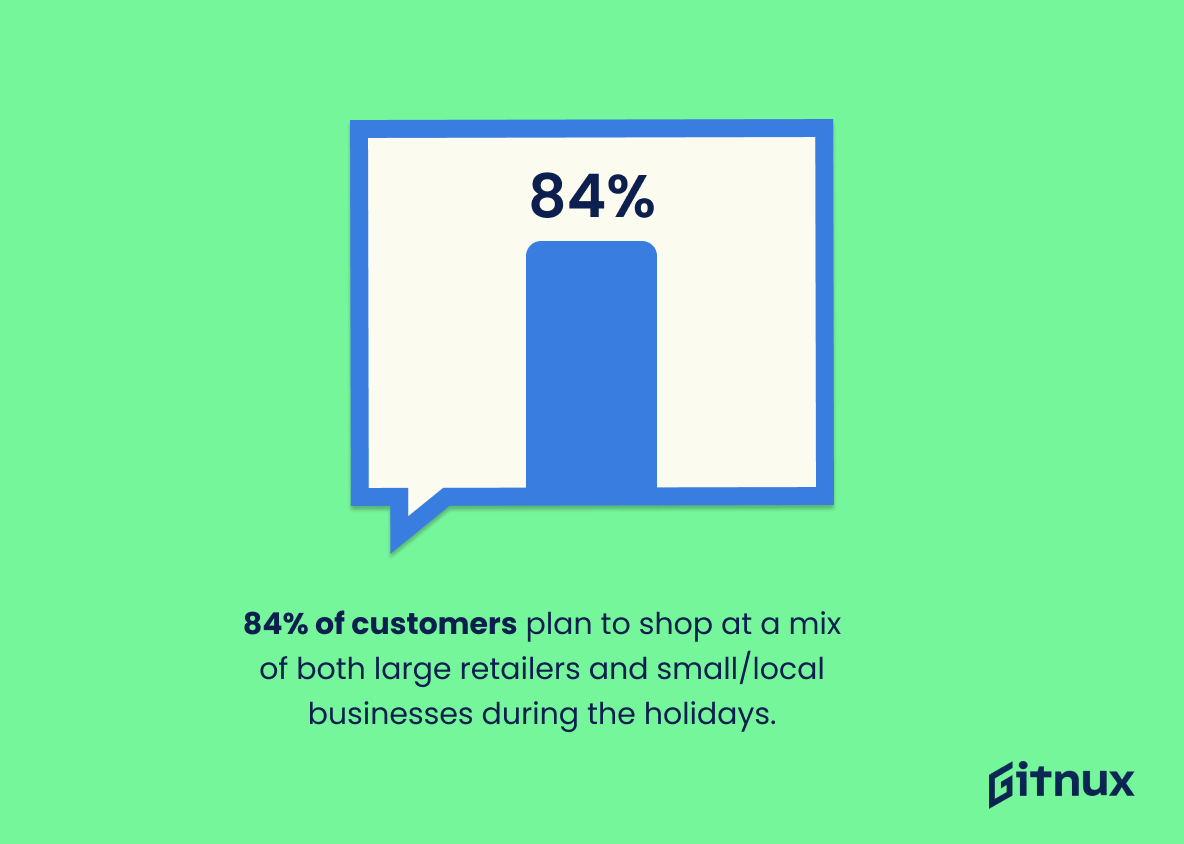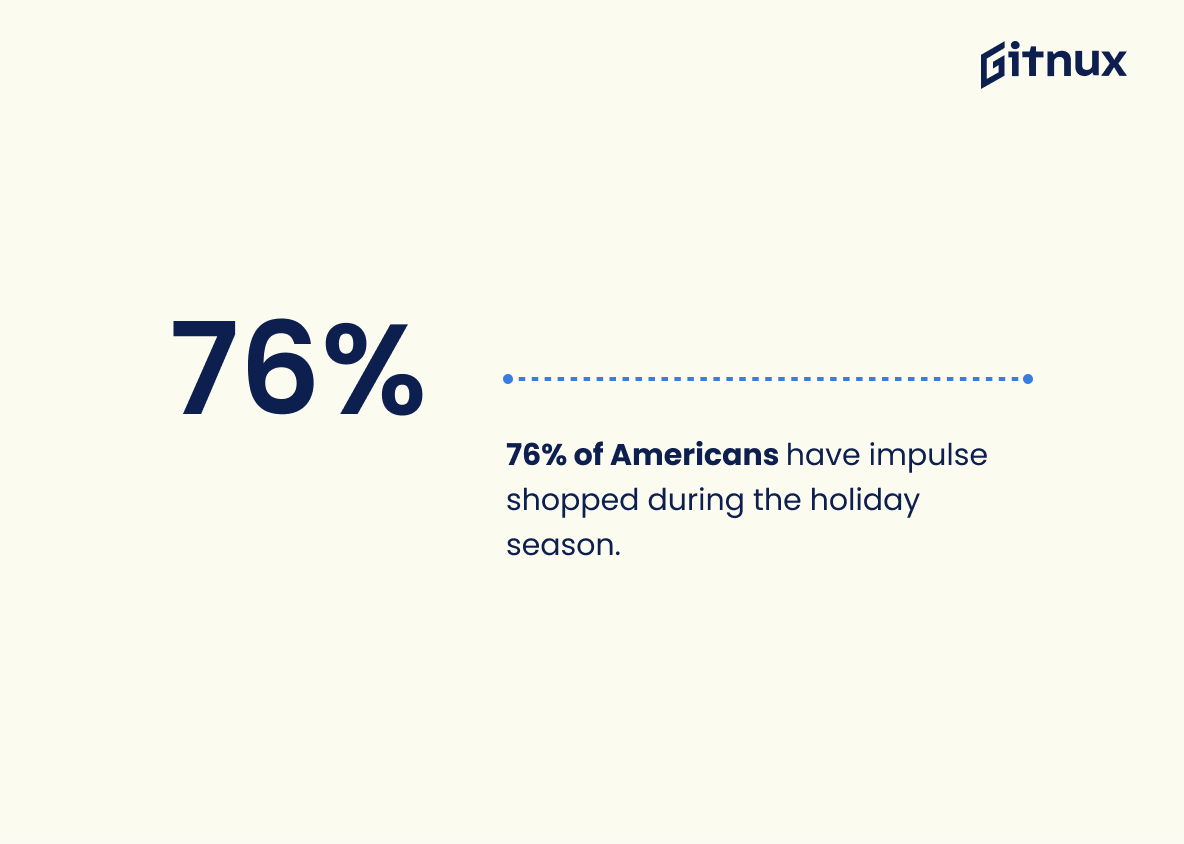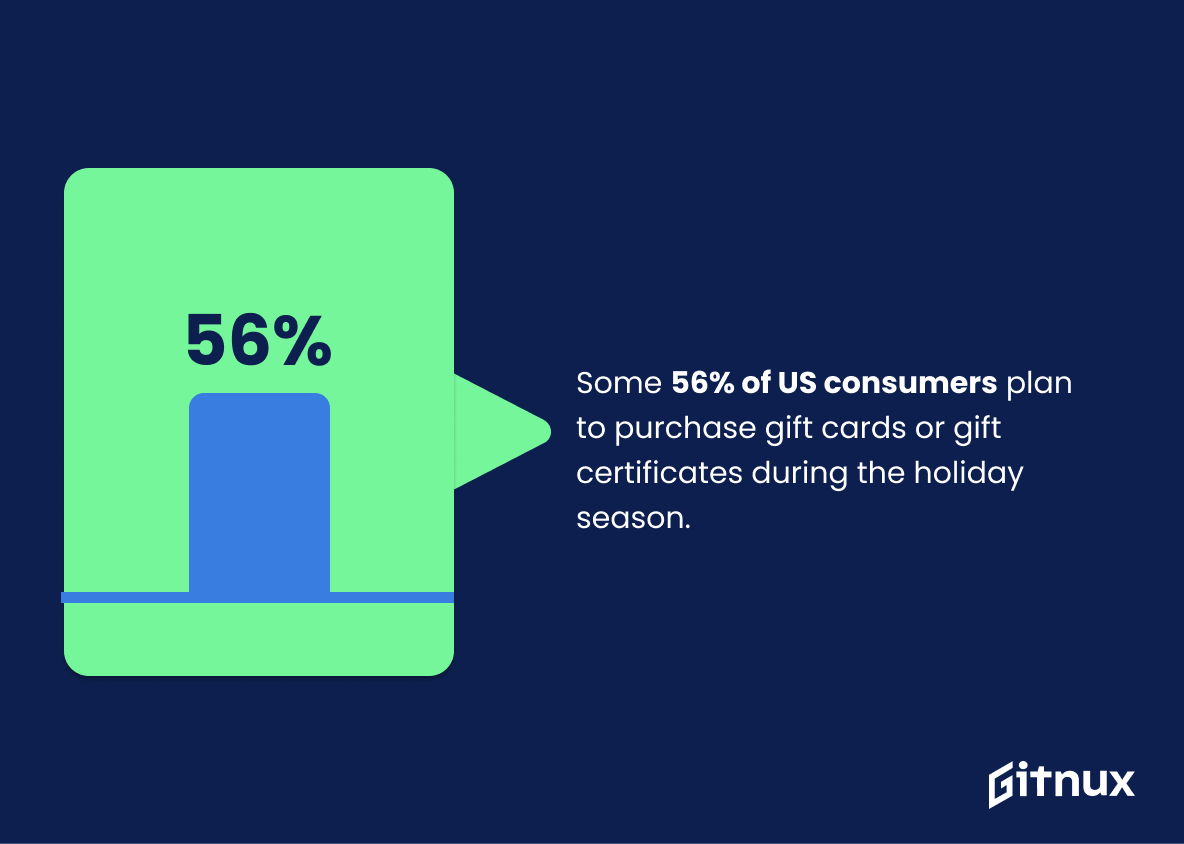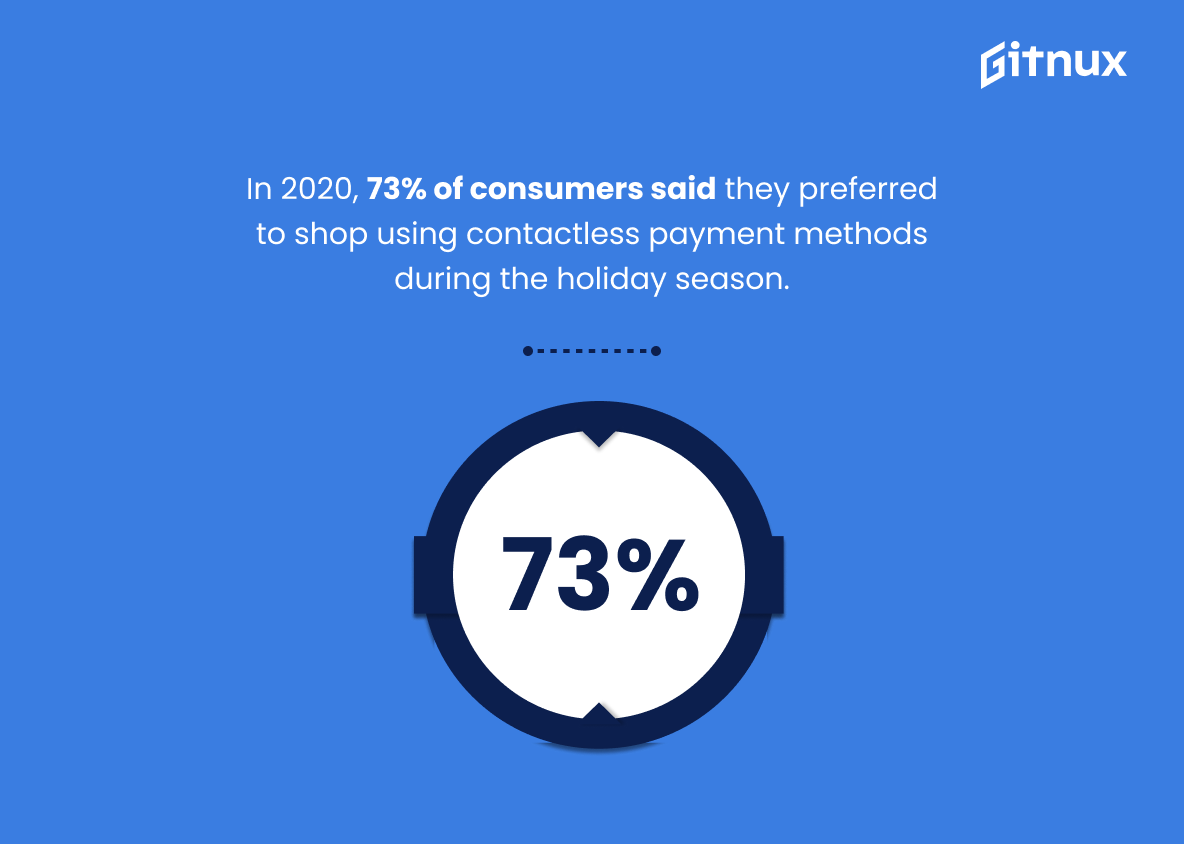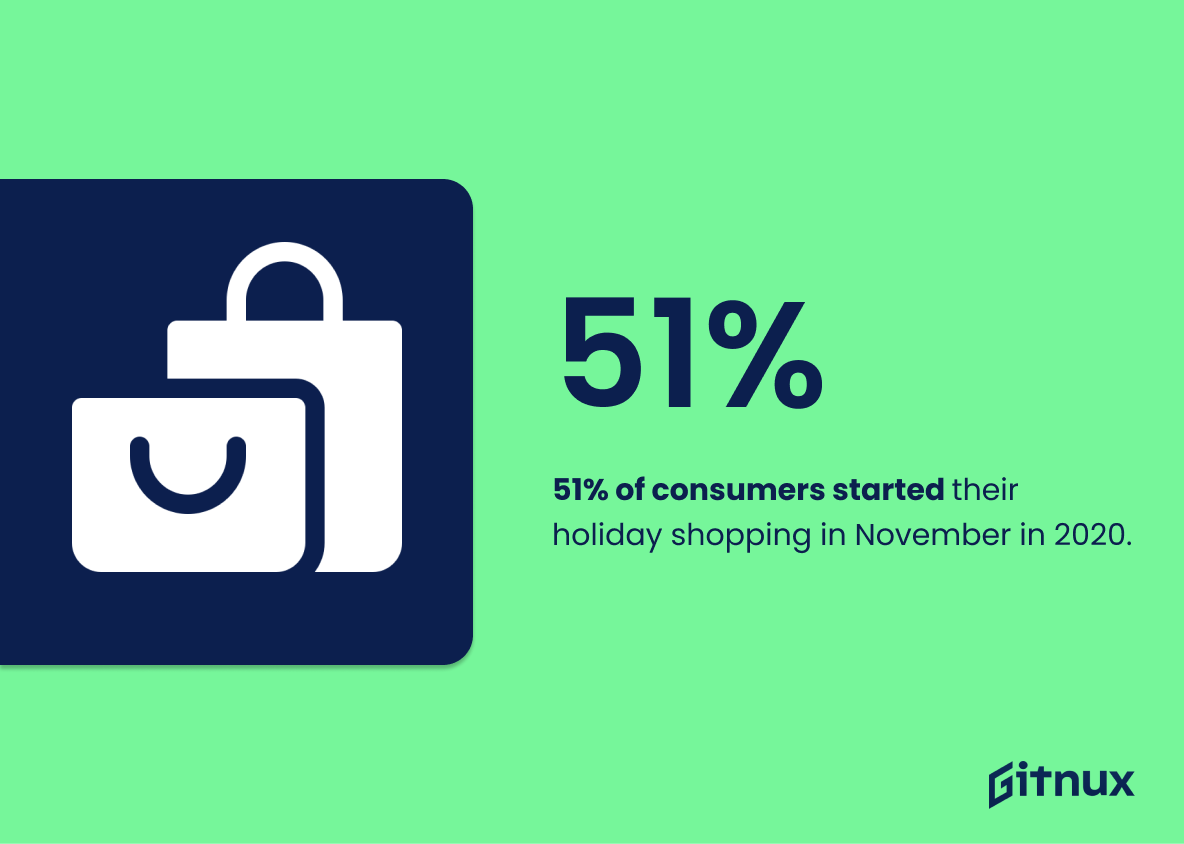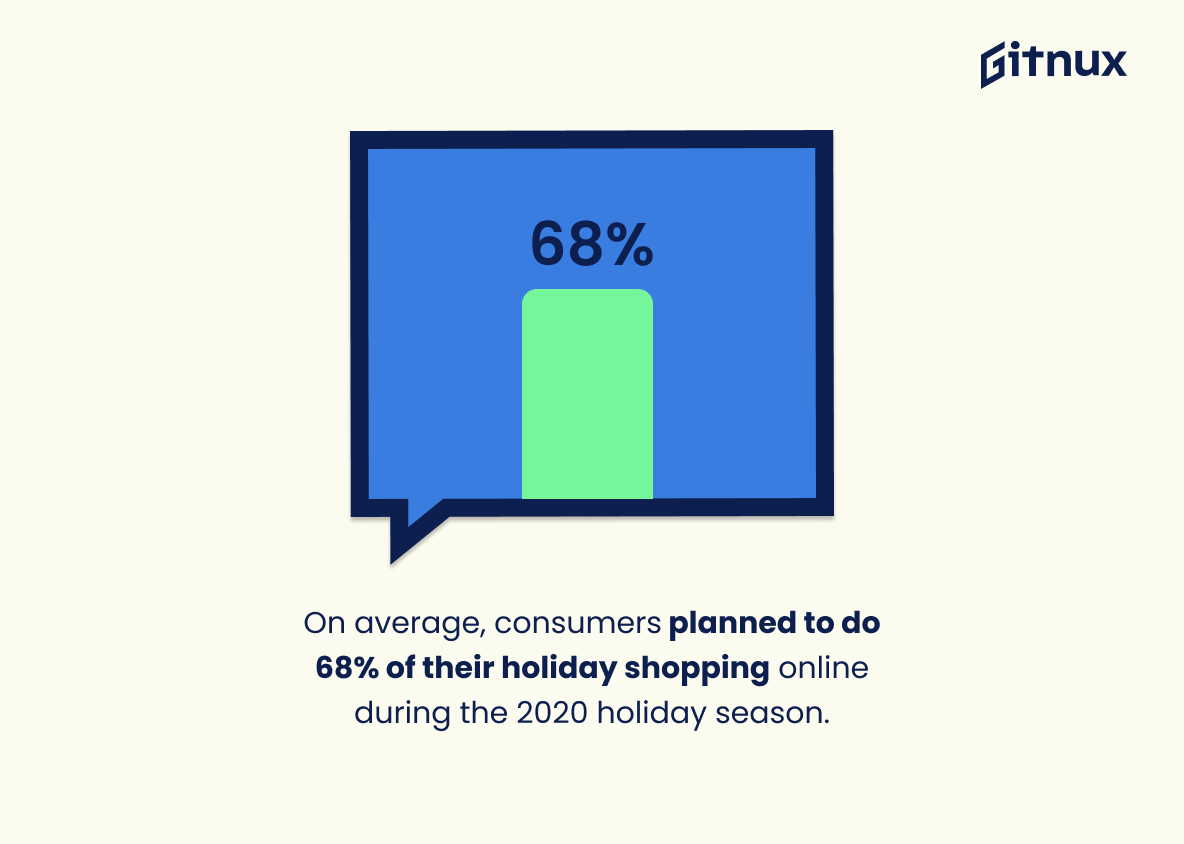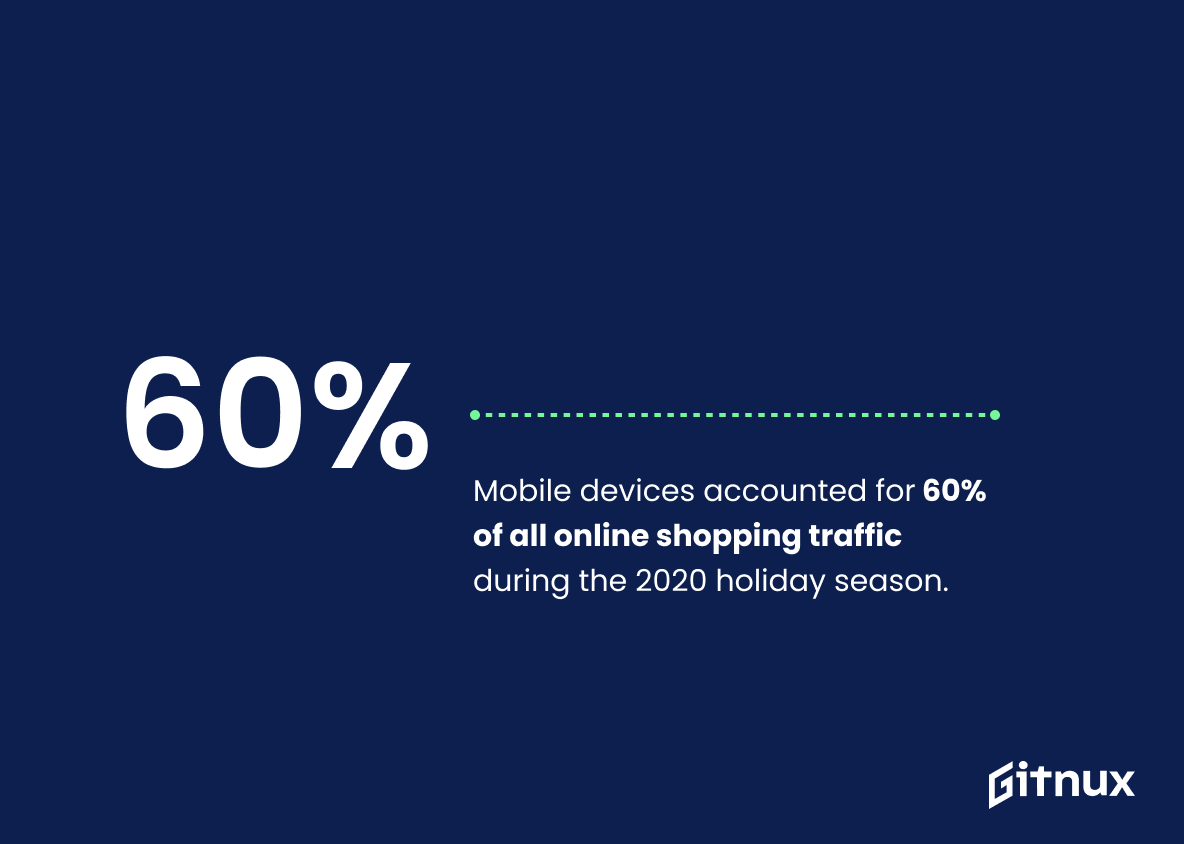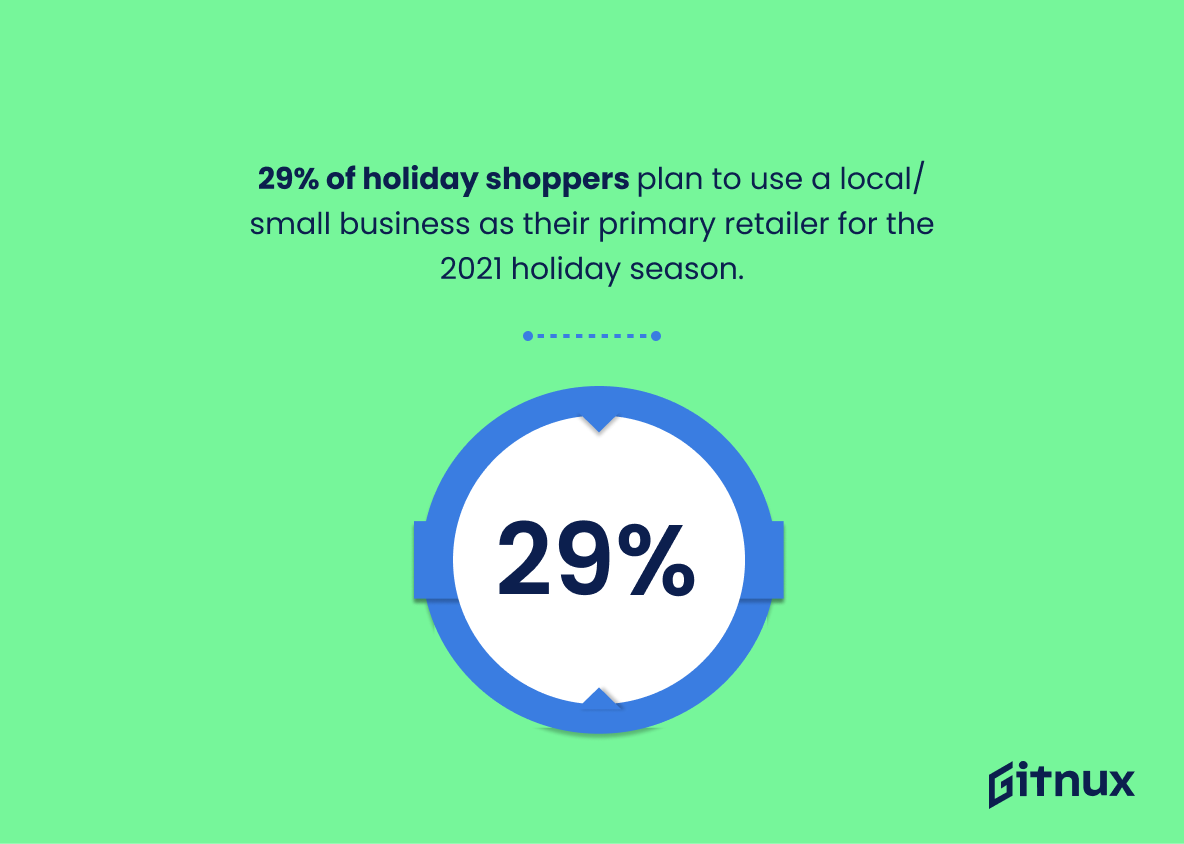The holiday season is a time of joy and celebration, but it’s also one of the busiest times for retailers. With Black Friday kicking off the shopping frenzy, consumers are eager to find great deals on gifts for their loved ones. To help you understand how shoppers plan to spend this year’s holidays, here are 20 statistics about holiday shopping in 2020 and 2021:
This statistic is a powerful reminder of the importance of the holiday shopping season. It highlights the sheer volume of retail sales that occur during this time of year, and the potential for businesses to capitalize on the increased consumer spending. It also serves as a reminder of the need for businesses to plan ahead and ensure they are well-prepared for the holiday shopping rush.
In 2019, approximately 190 million people shopped from Thanksgiving Day through Cyber Monday.
This statistic is a testament to the sheer magnitude of holiday shopping that takes place each year. It speaks to the importance of the holiday shopping season and the impact it has on the economy. It also highlights the growing trend of online shopping, as more and more people are choosing to shop from the comfort of their own homes. This statistic is a powerful reminder of the importance of holiday shopping and the impact it has on the economy.
Holiday Shopping Statistics Overview
62% of holiday shoppers start their shopping before Thanksgiving.
This statistic is significant in the context of Holiday Shopping Statistics because it highlights the importance of early preparation for the holiday season. It shows that the majority of shoppers are getting a head start on their holiday shopping, which means that businesses should be ready to meet the demand of customers who are looking to get their shopping done early. Additionally, this statistic can be used to inform marketing strategies, as businesses can use it to target customers who are likely to start their shopping before Thanksgiving.
59% of holiday shoppers plan to shop online.
This statistic is a telling indication of the changing landscape of holiday shopping. It shows that more and more people are turning to the convenience of online shopping to get their holiday shopping done. This shift in consumer behavior has major implications for retailers, who must now focus on optimizing their online presence in order to capture the attention of holiday shoppers.
Average spending per person on holiday gifts was $661 in 2019.
This statistic is a telling indication of the amount of money people are willing to spend on holiday gifts. It provides insight into the level of consumer spending during the holiday season and can be used to inform businesses of the potential for increased sales during this time of year. Additionally, it can be used to inform budgeting decisions for individuals and families, helping them to plan for their holiday shopping.
Consumers expected to spend $998 on gifts, holiday items, and additional expenses in 2020.
This statistic is a telling indication of the impact of the holiday season on consumer spending. It highlights the importance of holiday shopping for many people, as well as the amount of money that is likely to be spent on gifts, decorations, and other items. It also provides insight into the economic impact of the holiday season, as it shows how much money is likely to be spent on holiday-related items. This statistic is an important part of understanding the overall holiday shopping landscape.
In 2019, US holiday retail sales amounted to $729.1 billion.
This statistic is a testament to the immense impact of holiday shopping on the US economy. It shows that holiday shopping is a major driver of economic growth, and that it is an important part of the retail industry. It also highlights the importance of understanding holiday shopping trends in order to maximize sales and profits.
20% of consumers said they intended to shop on social media platforms during the holidays in 2020.
This statistic is significant in the context of Holiday Shopping Statistics because it indicates that a large portion of consumers are turning to social media platforms to purchase gifts during the holiday season. This shift in consumer behavior could have a major impact on the way businesses market their products and services during the holidays. Additionally, it could also lead to an increase in online sales and a decrease in traditional brick-and-mortar shopping.
84% of customers plan to shop at a mix of both large retailers and small/local businesses during the holidays.
This statistic is a testament to the importance of both large retailers and small/local businesses during the holiday season. It shows that customers recognize the value of shopping at both types of stores, and that they are willing to support both. This is a great reminder that small businesses are just as important as large retailers when it comes to holiday shopping.
76% of Americans have impulse shopped during the holiday season.
This statistic is a telling indication of the prevalence of impulse shopping during the holiday season. It shows that a large majority of Americans are prone to making unplanned purchases during this time of year, which can have a significant impact on their finances. This statistic is important to consider when discussing holiday shopping statistics, as it can help inform readers of the potential risks associated with this type of behavior.
Some 56% of US consumers plan to purchase gift cards or gift certificates during the holiday season.
This statistic is a telling indication of the importance of gift cards and certificates during the holiday season. It shows that a majority of US consumers are likely to purchase these items, making them a key part of the holiday shopping experience. This highlights the need for businesses to ensure they have a good selection of gift cards and certificates available for customers during the holiday season.
In 2020, 73% of consumers said they preferred to shop using contactless payment methods during the holiday season.
This statistic is a telling indication of the changing landscape of holiday shopping. It shows that contactless payment methods are becoming increasingly popular among consumers, suggesting that businesses should prioritize offering these payment options to their customers during the holiday season.
51% of consumers started their holiday shopping in November in 2020.
This statistic is a telling indication of the importance of early holiday shopping. It shows that the majority of consumers recognize the value of getting a head start on their holiday shopping, allowing them to take advantage of deals and discounts before the holiday rush. This statistic is a reminder to shoppers that planning ahead can help them save money and avoid the stress of last-minute shopping.
On average, consumers planned to do 68% of their holiday shopping online during the 2020 holiday season.
The fact that consumers planned to do 68% of their holiday shopping online during the 2020 holiday season speaks volumes about the changing landscape of holiday shopping. It shows that more and more people are turning to the convenience of online shopping to get their holiday gifts, rather than going to physical stores. This shift in consumer behavior is something that businesses should take note of and adjust their strategies accordingly.
Mobile devices accounted for 60% of all online shopping traffic during the 2020 holiday season.
The fact that mobile devices accounted for 60% of all online shopping traffic during the 2020 holiday season is a clear indication of the growing importance of mobile shopping. This statistic highlights the need for businesses to optimize their websites for mobile devices in order to ensure that their customers have a positive shopping experience. Furthermore, this statistic also serves as a reminder that businesses should be aware of the latest trends in mobile shopping and adjust their strategies accordingly.
In 2021, 65% of shoppers plan to shop earlier to avoid inventory and shipping issues.
This statistic is a telling indication of the current state of holiday shopping. It suggests that shoppers are expecting inventory and shipping issues this year, and are taking proactive steps to ensure they can get the items they want in time for the holidays. This could have a significant impact on retailers, who may need to adjust their strategies to meet the increased demand.
29% of holiday shoppers plan to use a local/small business as their primary retailer for the 2021 holiday season.
This statistic is significant in the context of holiday shopping statistics as it highlights the importance of local/small businesses in the 2021 holiday season. It shows that a large portion of shoppers are prioritizing supporting local/small businesses when making their holiday purchases, which is a positive sign for the economy and for small business owners.
53% of consumers plan to spend up to $10 on shipping and handling fees for their online holiday purchases.
This statistic is a telling indication of how much consumers are willing to pay for convenience when it comes to holiday shopping. It shows that the majority of shoppers are willing to pay a small fee for the convenience of having their purchases delivered to their doorstep. This is an important insight for retailers to consider when setting their shipping and handling fees for the holiday season.
Conclusion
The holiday season is a crucial time for retailers, with almost 33% of retail sales in the US occurring between Black Friday and Christmas. In 2019, approximately 190 million people shopped from Thanksgiving Day through Cyber Monday, while 62% of holiday shoppers started their shopping before Thanksgiving. 59% plan to shop online this year and average spending per person on gifts was $661 in 2019.
Consumers are expected to spend an estimated $998 on gifts and other items during the holidays this year, which could lead to total US holiday retail sales amounting up to $729 billion dollars. 88% of consumers expect to shop on Amazon during the holidays as well as 20%, who intend to use social media platforms for their purchases. 84% will be shopping at both large retailers and small/local businesses throughout the season while 76 percent have impulse shopped during past years’ festivities; 56 percent plan purchase gift cards or certificates too. 73 % prefer contactless payment methods when it comes time for checkout while 51 % began their 2020 holiday shopping journey in November – doing 68 % of all purchasing online via mobile devices (60%).
This 2021 season 65 % are planning ahead by starting earlier than usual due to inventory issues that arose last year; 29 % also plan make local/small business primary retailer choices over larger ones when possible – e-commerce alone reaching record breaking numbers ($188 billion) with 53%. willing pay no more than 10$ shipping fees per order placed online . With so many options available , there’s something out there sure please everyone .
References
0. – https://www.retaildive.com
1. – https://www.bizjournals.com
2. – https://www.emarketer.com
3. – https://www.nrf.com
4. – https://www.cnbc.com
5. – https://www.creditkarma.com
6. – https://www.statisticbrain.com
7. – https://www.statista.com
8. – https://www.pwc.com
9. – https://www..deloitte.com
